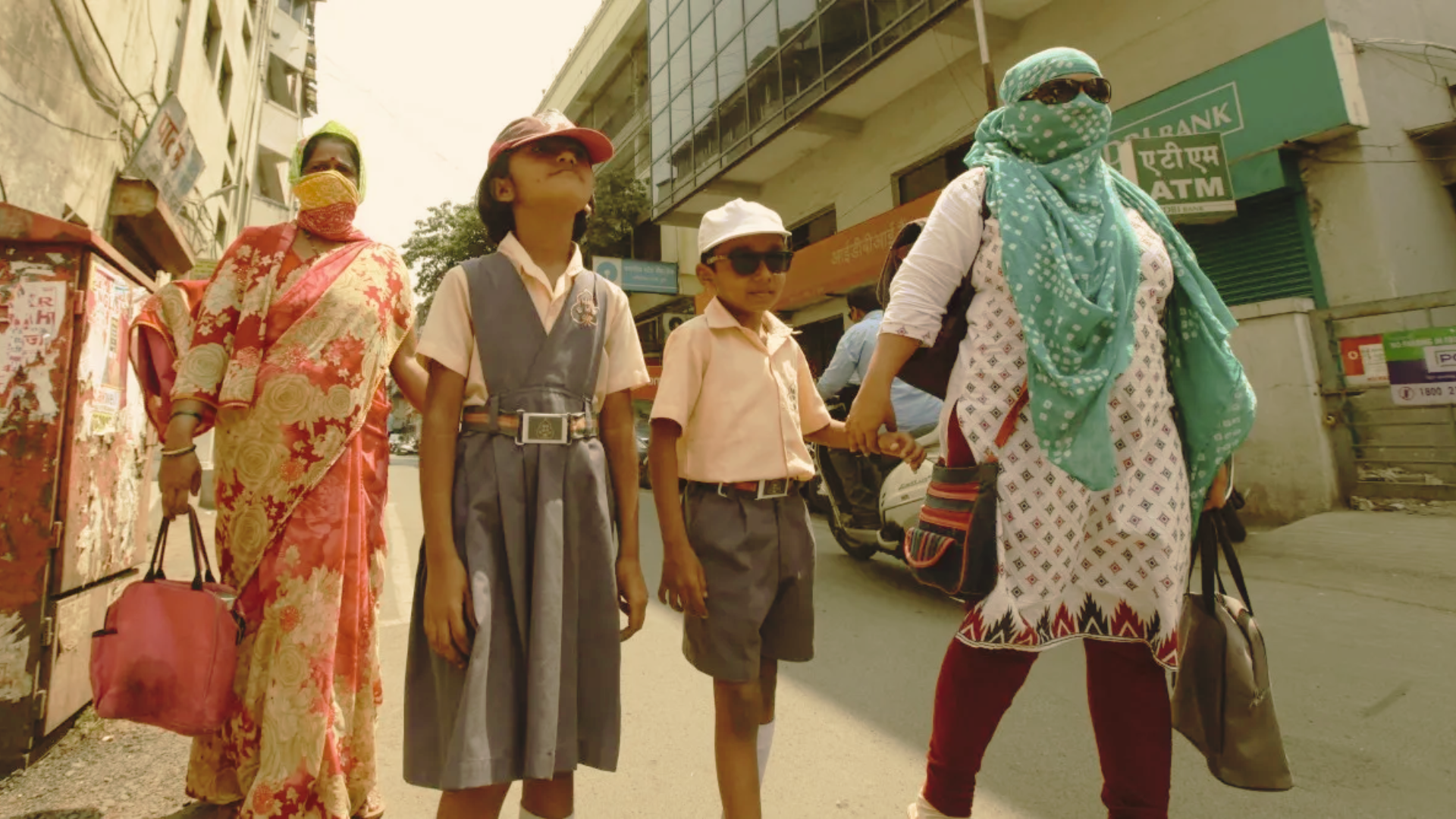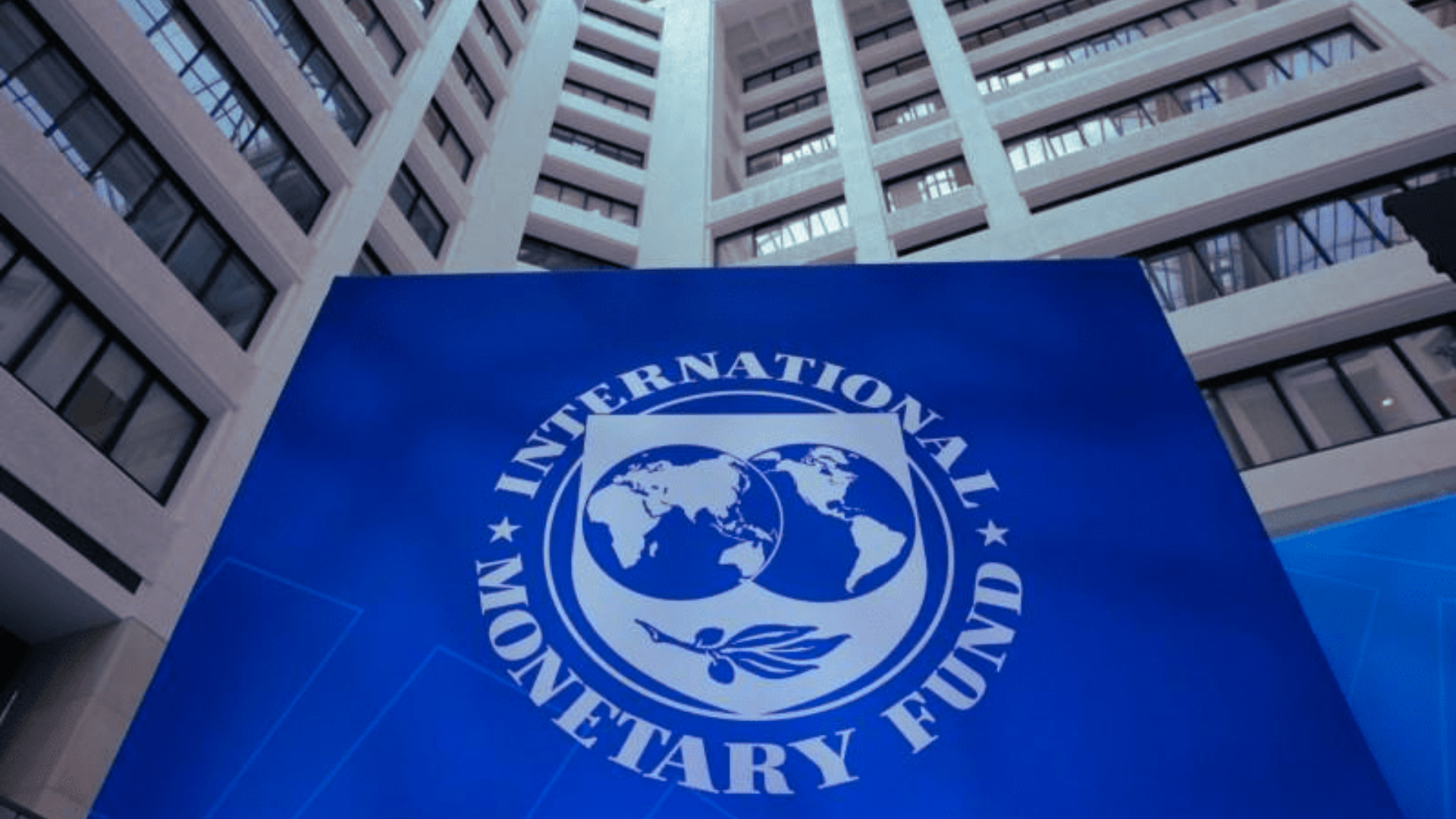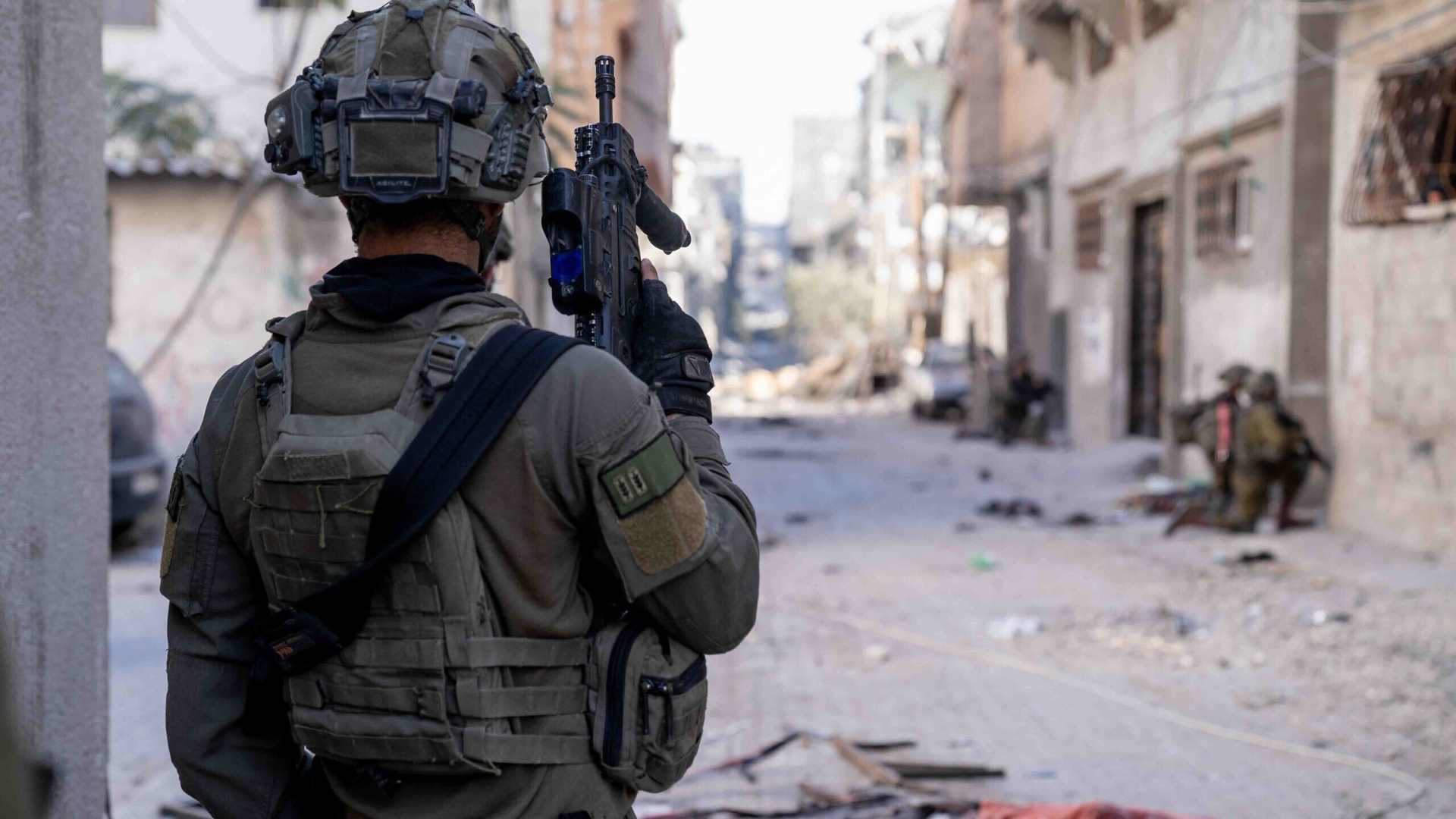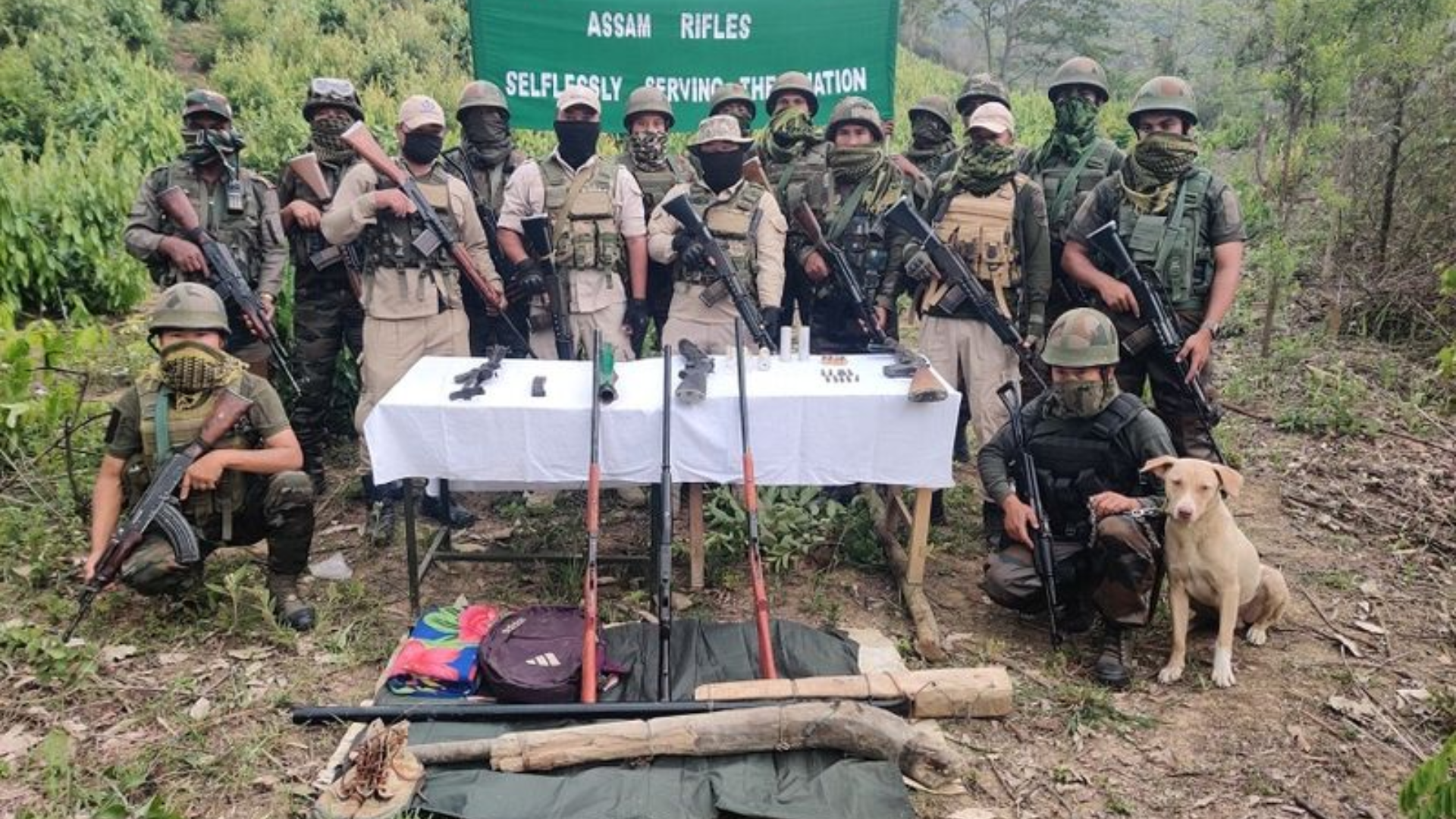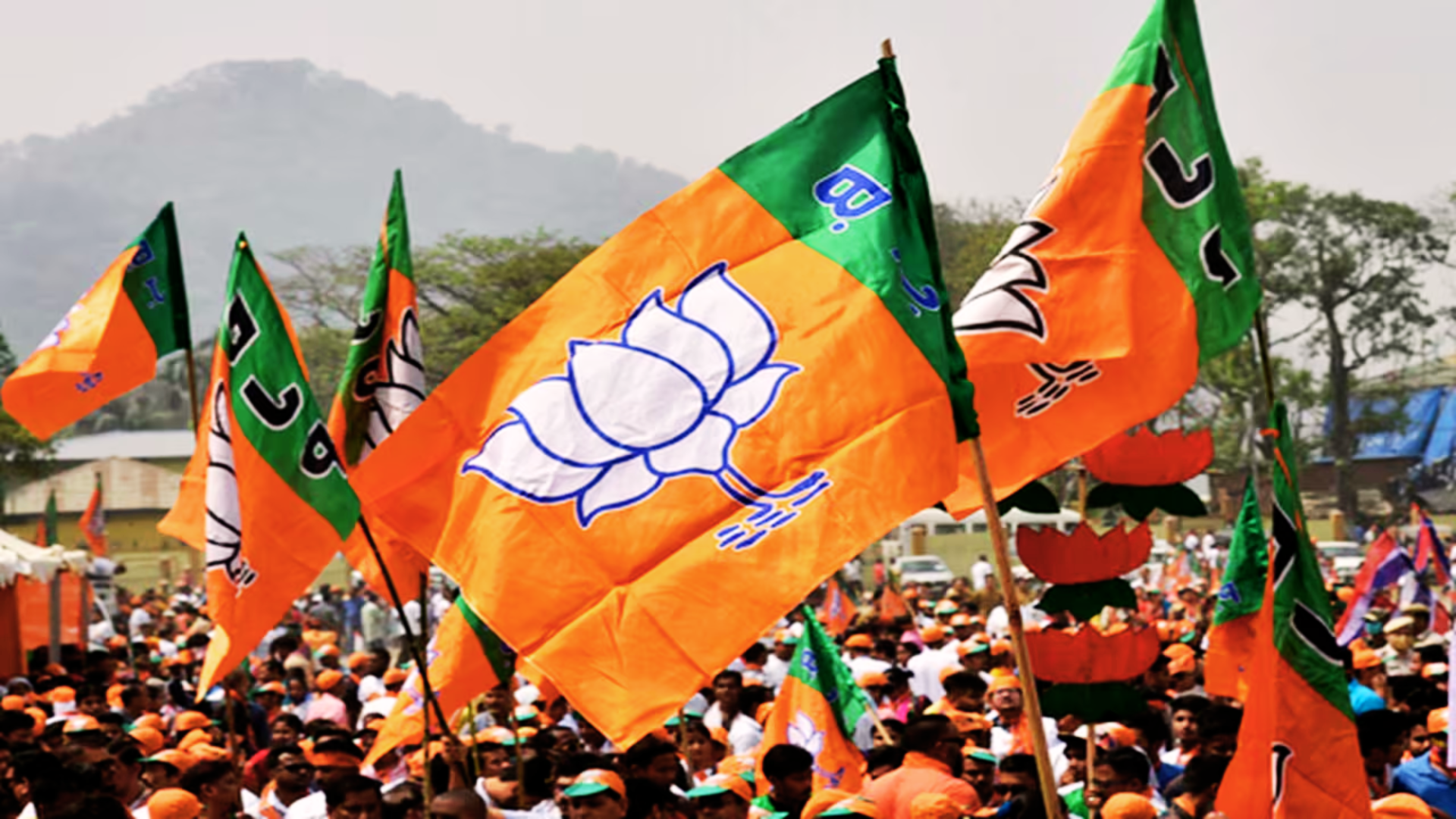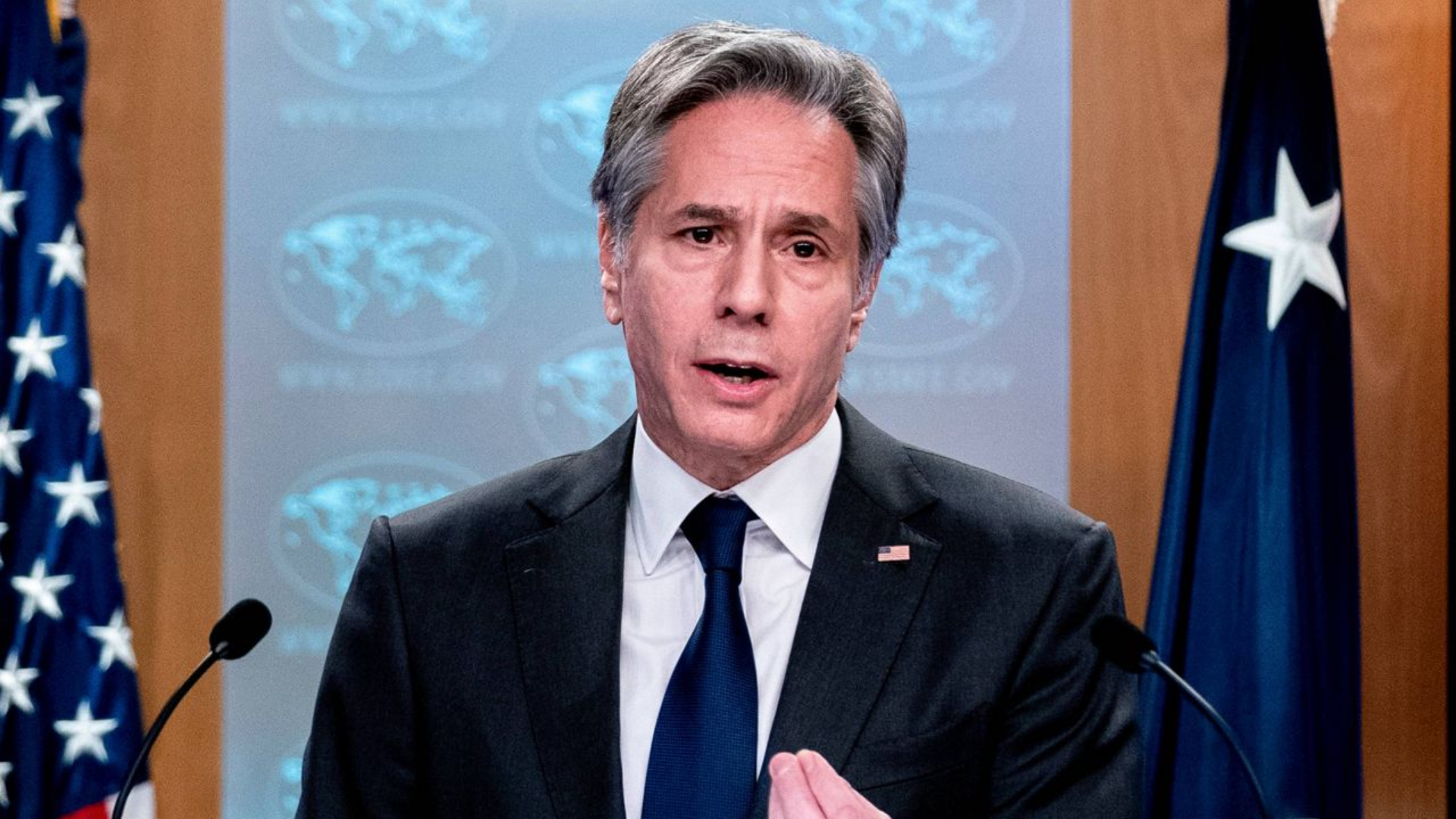



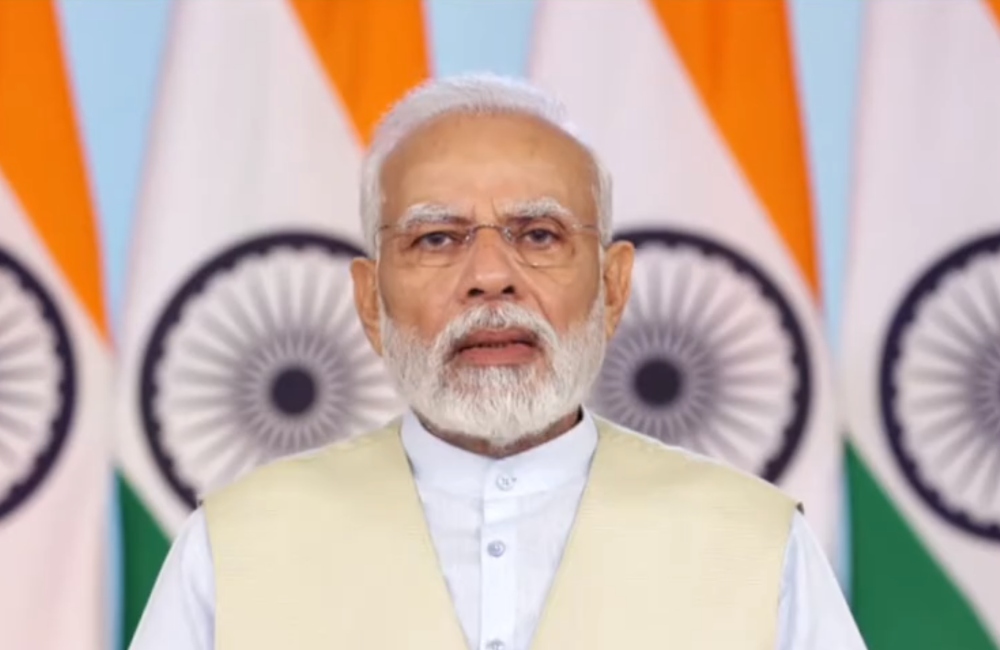
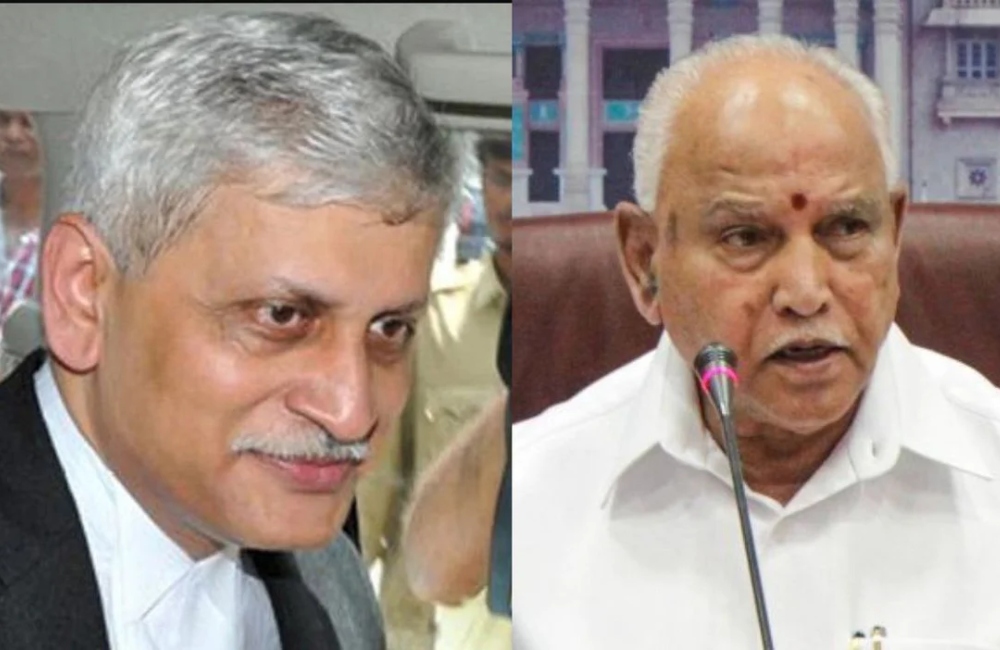

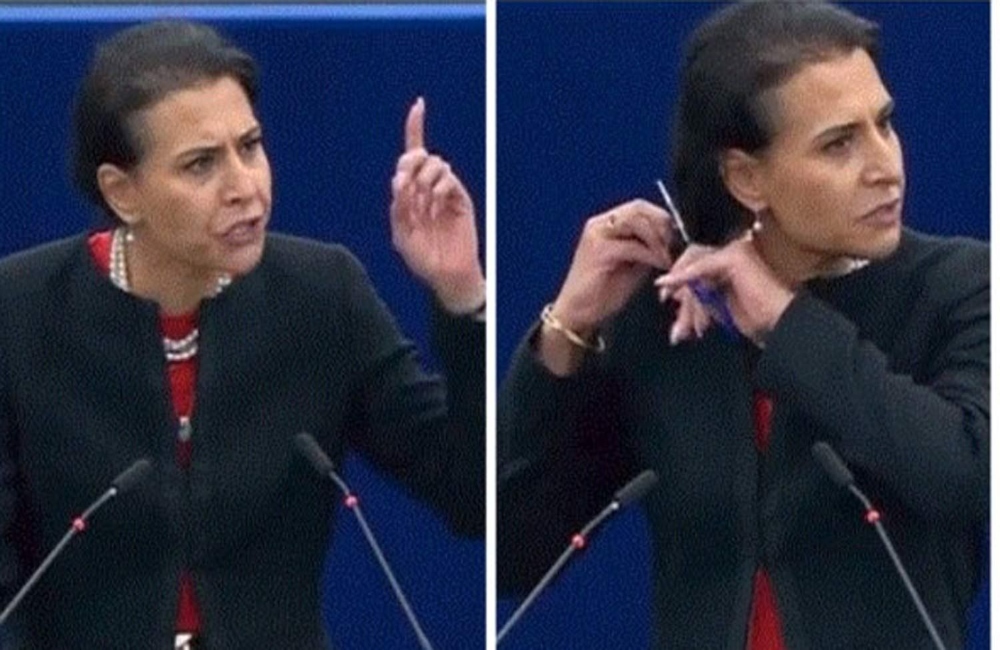
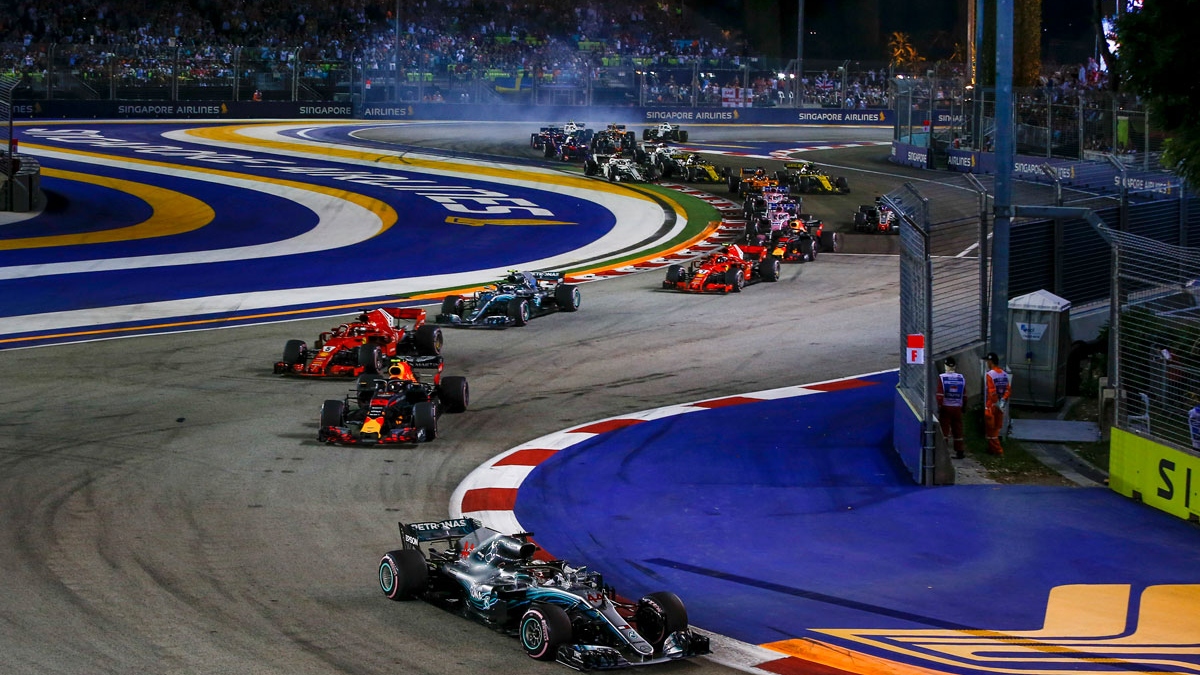
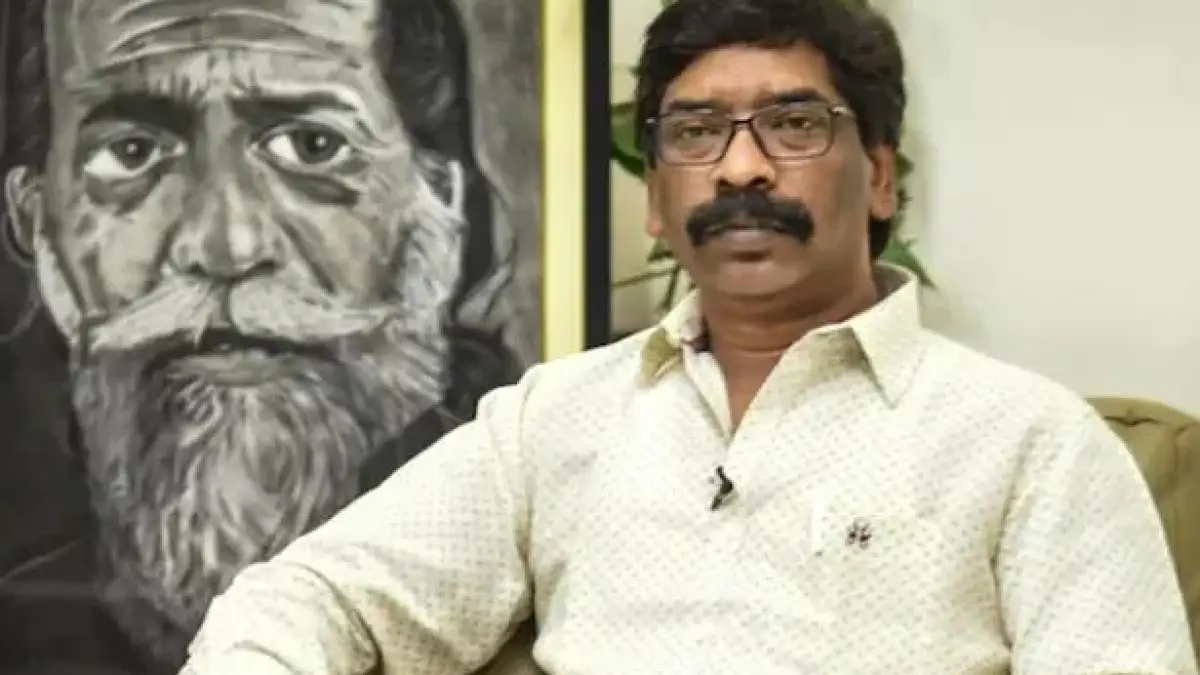
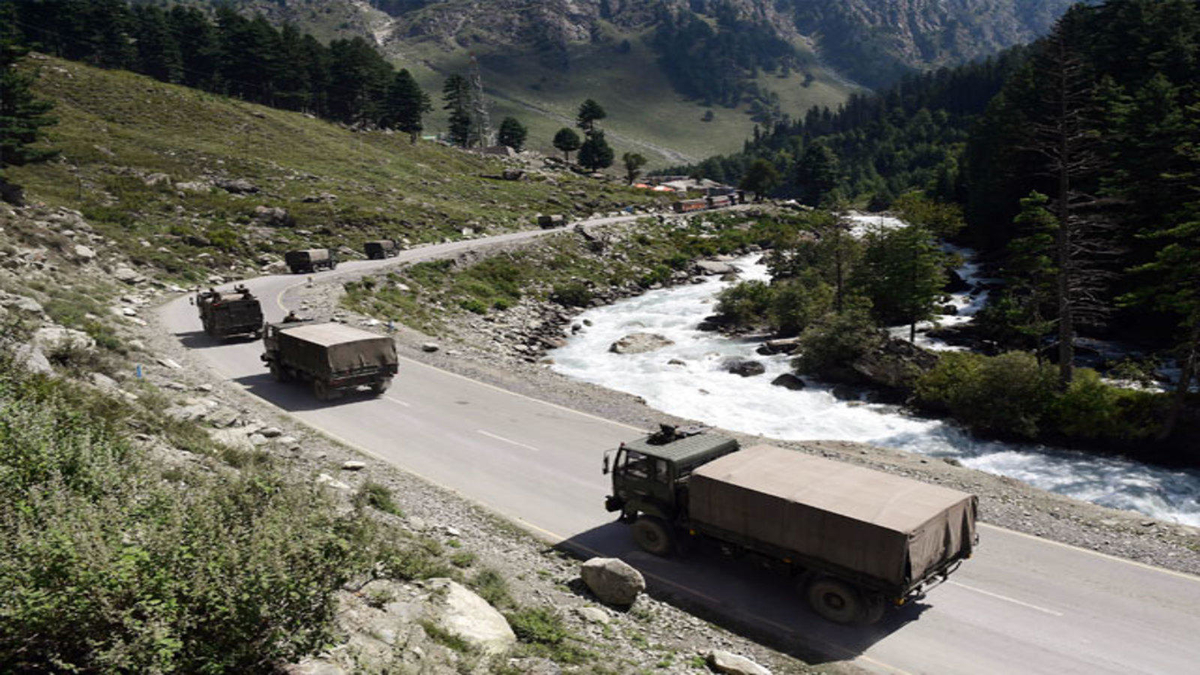
The recent satellite imagery of a Chinese Utopian village with cars and gardens along the Amu Chu in contested territory with Bhutan, as well as the spurt of border villages all along the LAC, particularly in the middle and eastern sectors, are all part of the Chinese Communist Party’s Fortress Tibet exercise.
According to sources, the strategy of building model villages near the LAC and in disputed territory with Bhutan, then translocating populations and rehabilitating ex-servicemen is part of President Xi Jinping’s plan to build an impregnable fortress to push Han Chinese rule in Tibet and to quell separatism in the Autonomous Region through Sinicization of Tibetan Buddhism. The same exercise is taking place in Sunni-dominated Xinjiang province, with Islamic leadership turning a blind eye.
The recent satellite imagery of a Chinese Utopian village with cars and gardens along the Amu Chu in contested territory with Bhutan, as well as the spurt of border villages all along the LAC, particularly in the middle and eastern sectors, are all part of the Chinese Communist Party’s Fortress Tibet exercise.
While India is watching the Chinese plan unfold along its northern borders and along its border with Bhutan, it is engaged in tough negotiations with the PLA on resolving the Chinese Army’s May 2020 transgression without giving up any of its land claims. Despite reports that the PLA was willing to disengage from patrolling point 15 in the Khugrang Nullah area of East Ladakh, the last senior military commanders meeting on July 17 saw firm negotiations from both sides on how to restore the April 2020 status quo ante along the 1597 km LAC in East Ladakh.
Although Beijing does not prioritise disengagement and de-escalation in East Ladakh, the Narendra Modi government has made it clear that normalisation of bilateral ties will only occur after the resolution of the East Ladakh LAC, and the Indian Army is permitted to conduct normal border patrolling along the 65 border points marked on the map. The Indian side wants the PLA to stop obstructing Indian army patrols in the DBO sector’s Depsang Bulge area and the Demchok sector’s Charding Nullah junction area. The Modi government also wants the Xi Jinping regime to honour bilateral border agreements signed by both sides’ top leaders in 1993 and 1996.

